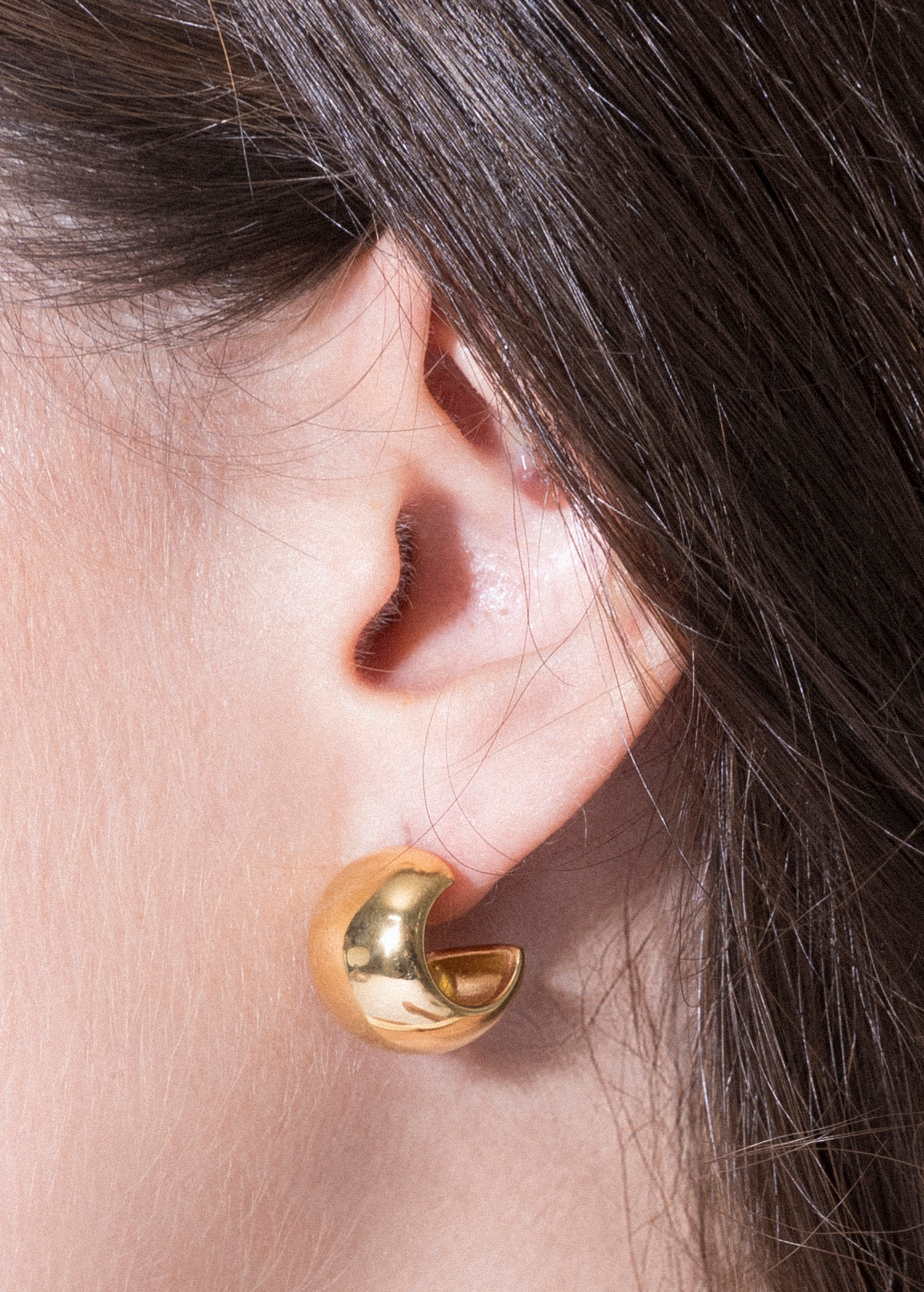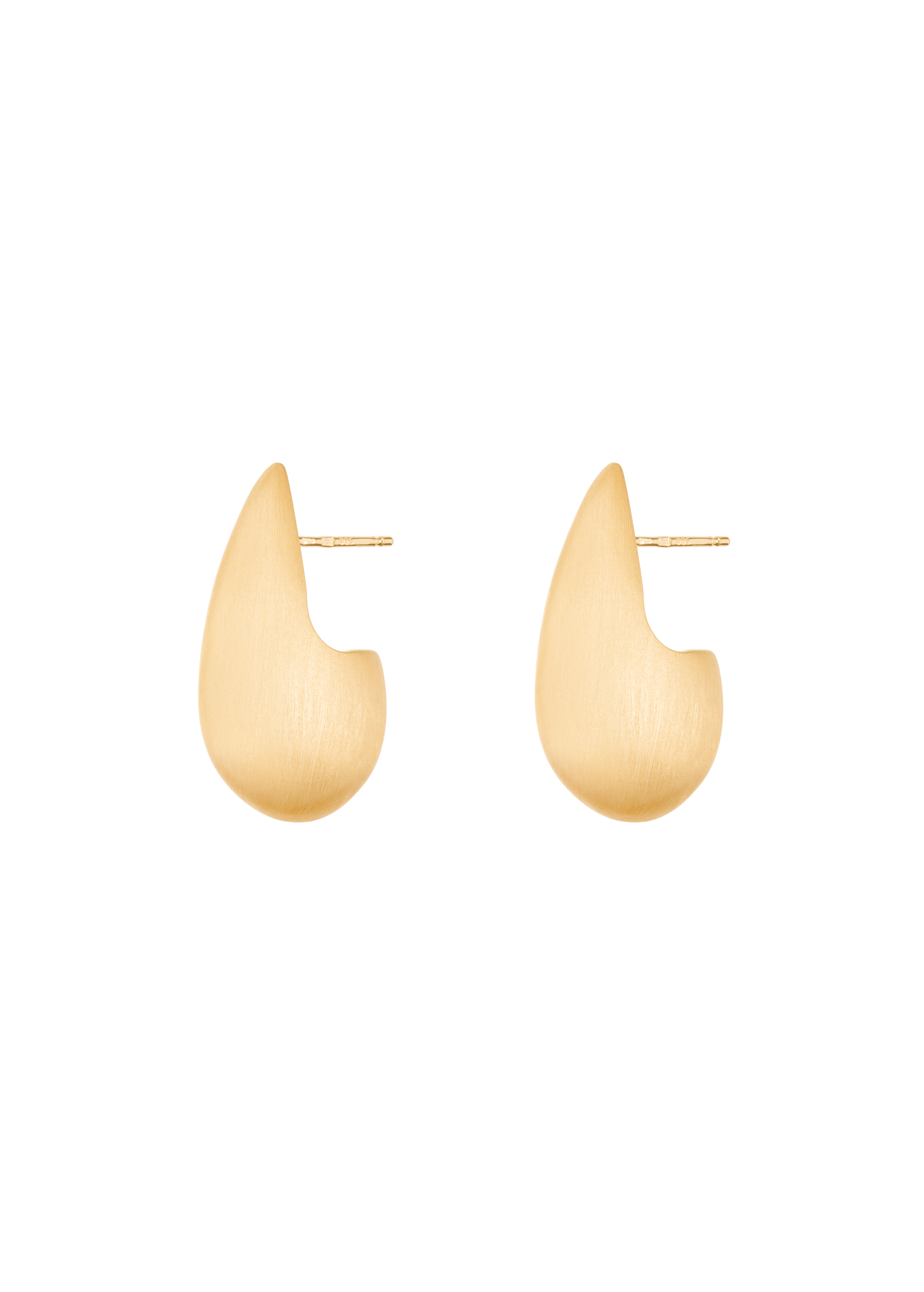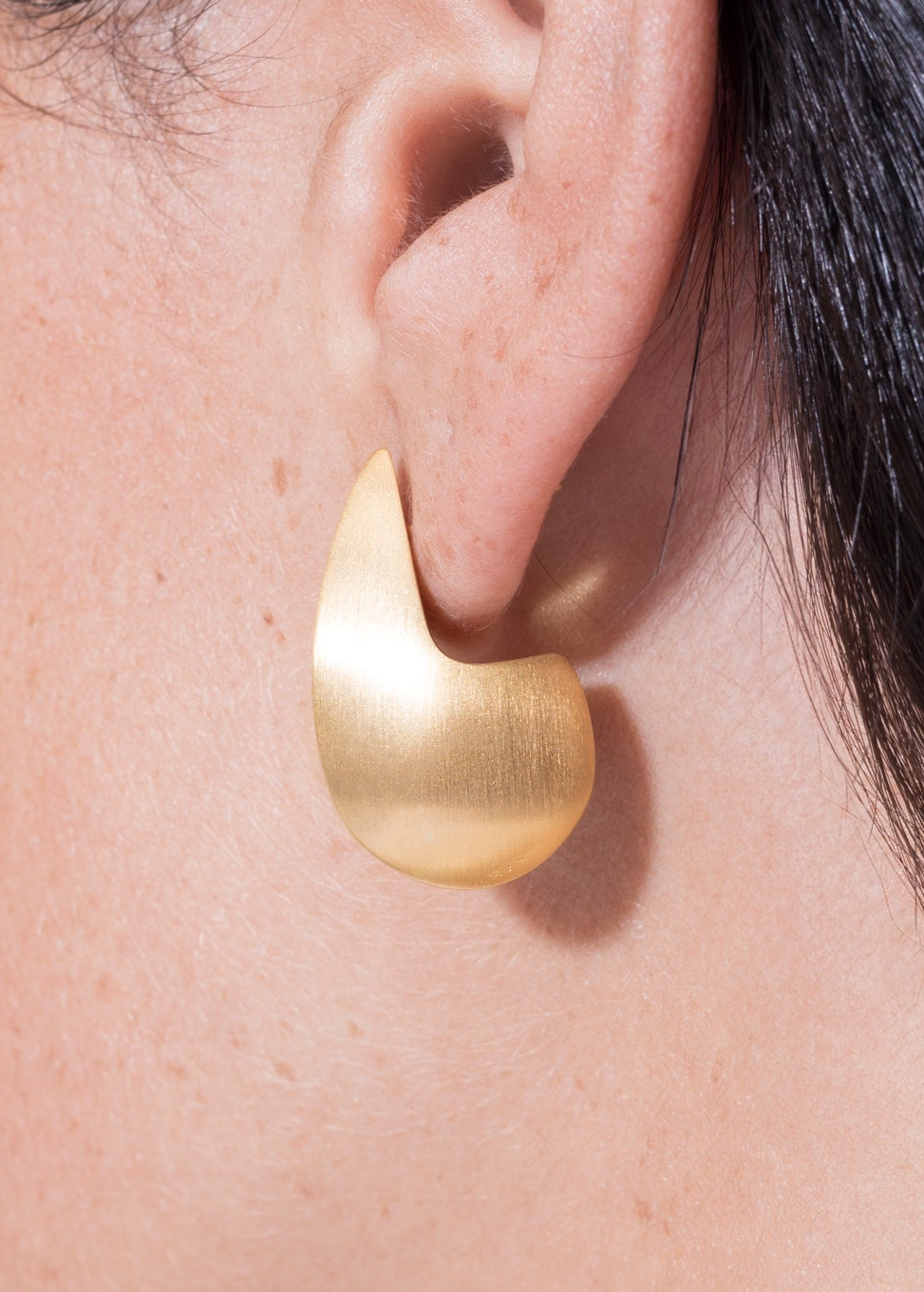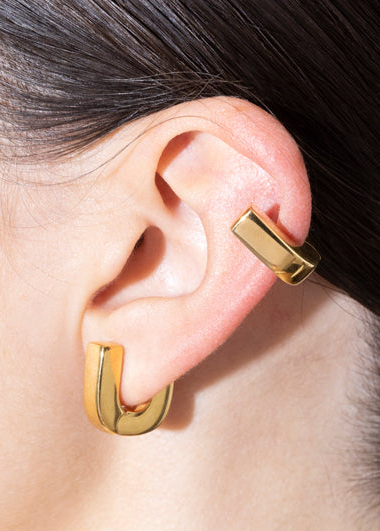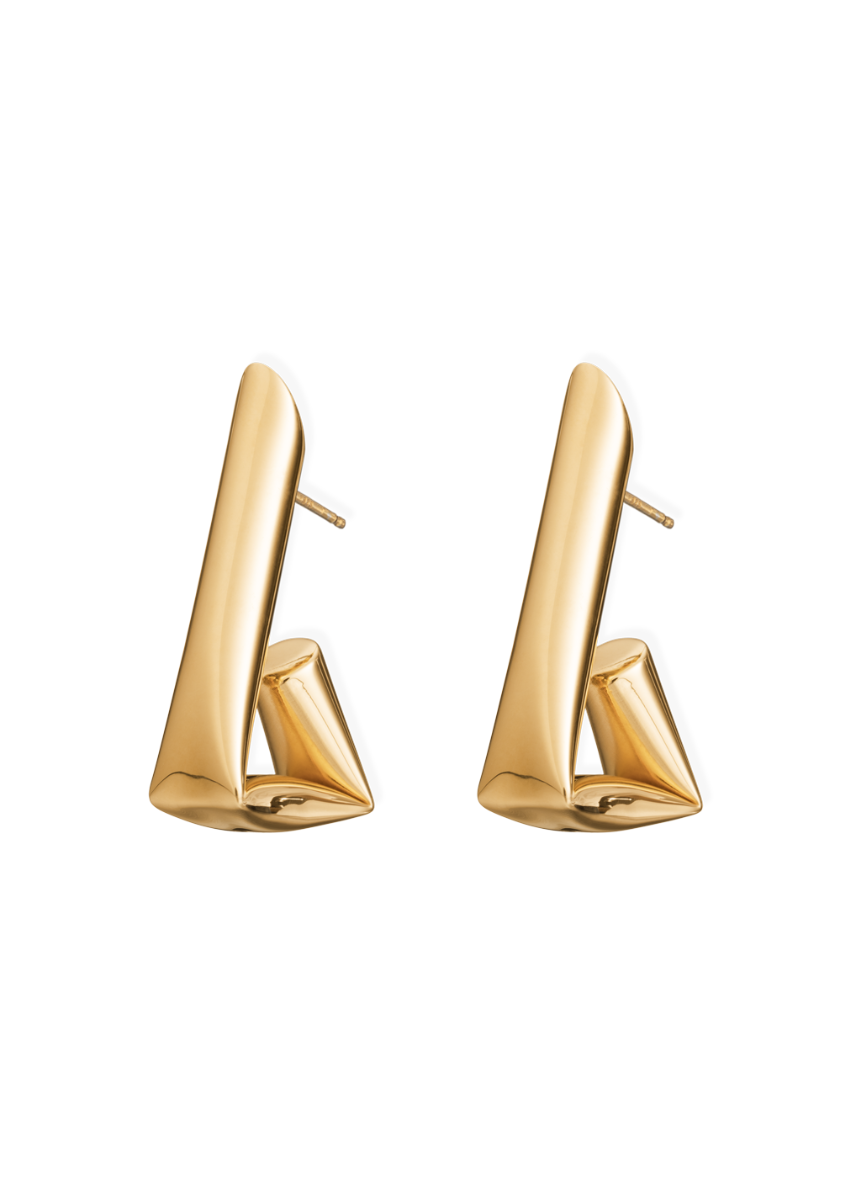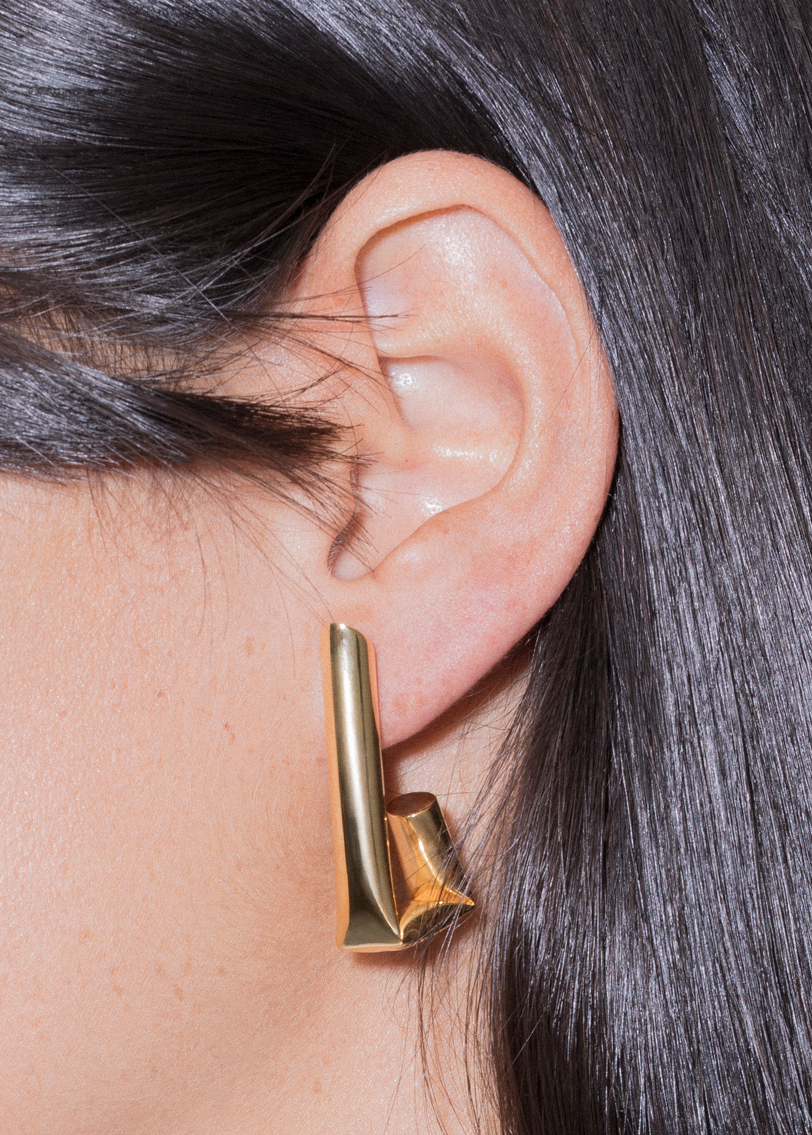there is an unparalleled beauty in children’s joy. perhaps it is this pure bliss, this magnifying wonder, that drives us to go to the end of the world to witness this miracle of life. and most likely, it is this small fragment of pure happiness that we all look for when thinking about our children christmas gifts.
but what we do often forget is that children’s joy does not rely merely on material goods.
let’s not be misunderstood. the wonder of new discoveries, the curiosity for the unknown, the marvel of imagination, they all benefit from a balanced approach to toys and gifts. truth be said, toys and gifts are necessary and play a role in kids’ lives and in the development of their neurocognitive abilities. the question is, however, much more challenging: are we offering the right toys and being able to balance our enthusiasm with the educational and civic care we all cherish?
my belief is that our choices regarding this issue should always bear in mind the real necessities of our kids. do they have too much toys? does this toy bring anything good to them? does it bring additional happiness or new neurocognitive opportunities?
let’s start from the beginning. we have all heard that there is no such thing as “too much toys”. however, it is not necessarily true. the notion of endless options and eased access to every will and request may prevent children from being exposed to the development of decision making processes and the exposure to frustration. one good way to mitigate these risks is to implement the “replacement method”.
the “replacement method” is always dependent on parents’ evaluation of the adequate/excessive amount of toys children have, but also on the values identified as relevant for their kids’ development. this approach proposes something quite simple: to explain the need to share joy with other small children and to give, for example, 2-3 toys – in impeccable conditions - to charity for each toy the child wishes for. the development of decision making, empathy, and social privilege awareness is a big plus of this methodological approach. I am conscious that this approach is often seen as too severe or harsh, but there is no need for drama. realistically, don’t we feel joy when we give gifts to our children? why wouldn’t they be able to experience this feeling as well?
another strategy is the “short-list approach”. this approach relies on the previous evaluation of the toys/gifts we think may be beneficial for our kids. so, instead of unlimited options, the child has to opt for a selection of toys that Santa is able to deliver and afterward you give that list to the family.
if your lifestyle would include this list as a possibility, don’t forget to take into account age, emotional maturity, and the educational purposes of each toy, and remember that repetitive toys don’t bring any advantage to the child. needless to say, irrationality is part of the process and you should not obsess about it. so be flexible when trying this approach and adapt it if needed.
nevertheless, decisions about gifts and toys are not just about quantities, but also about quality and appropriateness.
there are infinite recommendations, guidelines, discussions, and opinions regarding this subject, but you really just need to know the fundamentals – you don’t need a PhD in every subject of your life, do not overcomplicate.
long story short. until 3y-old it is important to avoid toys with small pieces. they won’t need lots of toys. they essentially need construction toys, books, toys with lights, and music that are good neurocognitive stimuli at this point.
between 3y-old and 6y-old we should focus on creativity. children need to develop imagination and open themselves to creativity. constructions are definitely a good option. additional complexity and pieces with smaller dimensions are allowed. puzzles and more complex books are good options too.
between 6y-old and 10y-old children we should focus on their concentration. growingly complex books about planets, the human body, geography, board games, and videogames are the favorite ones. frequently they develop their eagerness to talk and to understand the world.
after 10y-old. pre-puberty stage begins and toys are progressively abandoned. they develop new tastes and interests. clothes and “grown-up things” acquire a particular interest. the investment from now on should focus on understanding what is important for them, not just about their neurocognitive evolvement.
so, with these ideas, I think that it is easier to choose and to make decisions about children’s gifts and toys. a merry christmas for all of our children, the best of the world.
ana silva is a graduated pediatric doctor from the university of coimbra and is currently the head of the pediatric department at CUF coimbra hospital and CUF viseu hospital. she is also a specialist in neonatal intensive care and last but not least, a powerful and inspiring woman. she constantly carries a CINCO lucky item, which allows her to be thus strong while remaining the sweetest with our kids!

